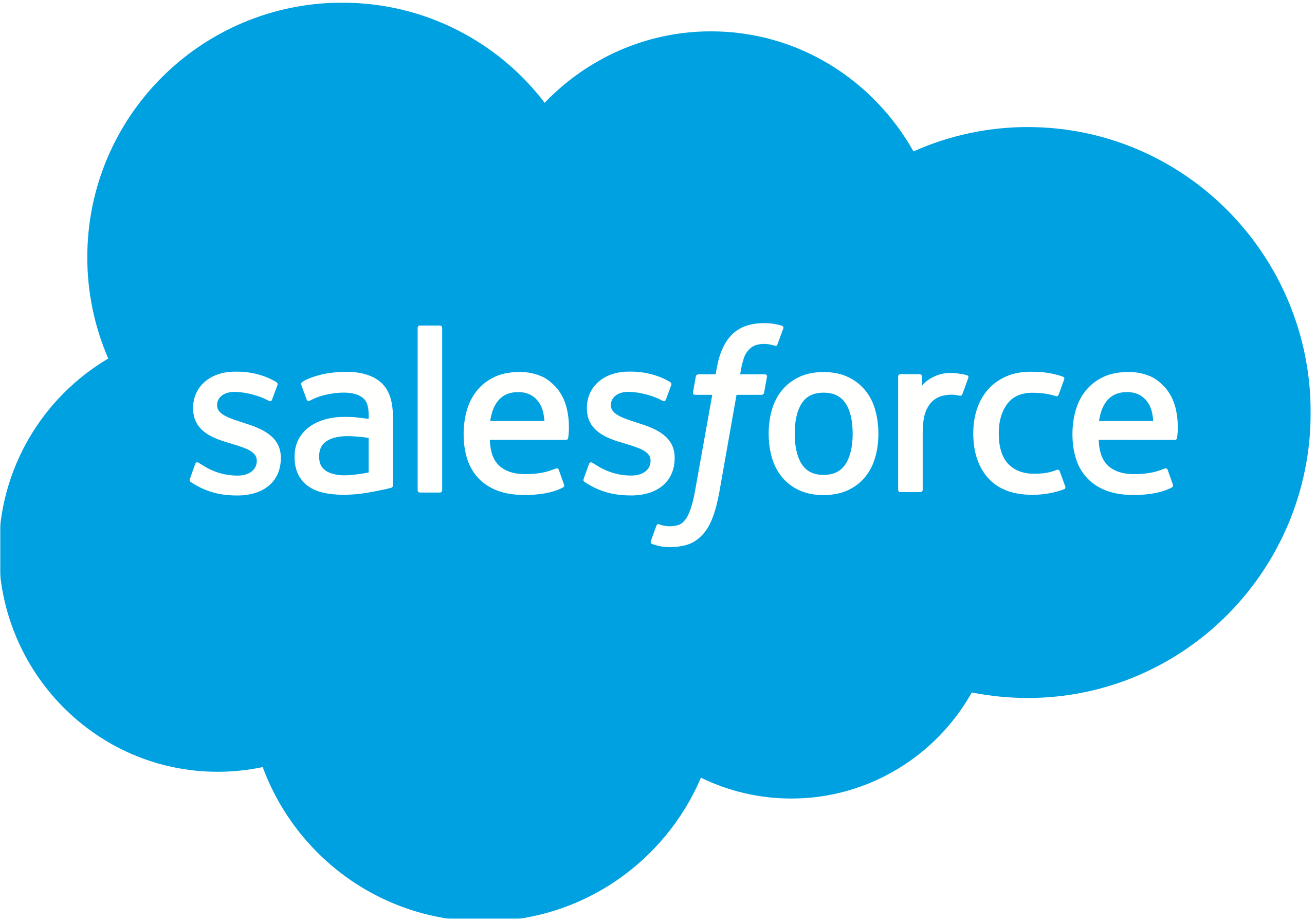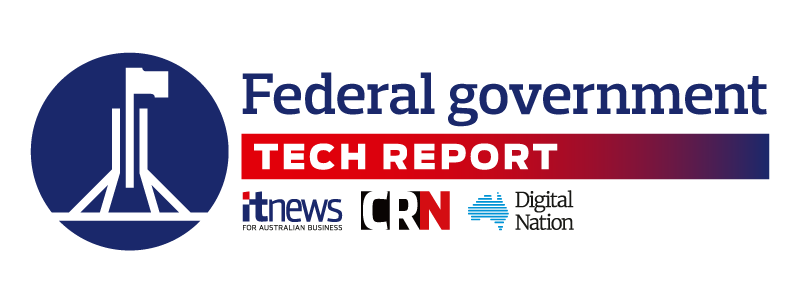

Government is big business in the Australian IT industry, with Gartner estimating that departments and agencies will spend more than $19 billion in 2024. That's an increase of 9.3 percent on the previous year and comes at a time when spending across all sectors will increase by only 7.8 percent.

Of that, more than half ($11.7 billion) will be spent at the federal level, making it the largest single group of IT purchasers, accounting for almost 10 percent of all IT spending.
With numbers like that, it is not hard to see why Canberra is the place where many IT companies focus their energies. According to Gartner, the top five government technology trends for 2024 encompass adaptive security, digital identity, AI for decision intelligence, digital platform agility, and programmatic data management.
But this encompasses only new investments – and not the 20 to 40 percent of budgets that will be tipped into maintaining legacy systems – meaning that determining exactly how those dollars will be spent can be a complex puzzle to unravel.
A universal challenge

As the CEO of the Digital Transformation Agency, Chris Fechner leads a group whose role is to drive government digital transformation that delivers benefits to all Australians. While Australia has traditionally been a global leader in government technology adoption, placing 5th in the Organisation for Economic Cooperation and Development's (OECD) 2023 Digital Government Index, many of the investments that helped get Australia to this position over the last two decades are now acting as an anchor that is holding back further transformation.
"We see developing countries that don’t have legacy debt starting to leapfrog some of the things that we can do," Fechner said.
The Australian Digital Health Agency is just one federal agency that is strategically reducing its tech debt, by rearchitecting its systems and moving to a reusable microservices-based approach.
“What we're trying to do is chunk it down so that I can over time pull stuff away from those monolithic old systems,” chief digital officer Peter O’Halloran said.
“Over time you have a single tool that's doing authentication, or user management, or whatever the case might be and then just keep building on those so that every time you get an investment for a new system - and it's of course, never enough to deliver what you need - but you can plug into some of those existing pieces you've already modernised.
“We've announced through our new procurement plan the next four or five procurements to help us do each of those bite sized pieces, and we'll keep doing that year on year until we get rid of the old tech debt we have.”
Second on the DTA’s Fechner’s list of challenges is one that has a direct impact on transformation activities – the availability of the skills needed to bring them to life. According to Fechner this challenge stretches beyond just technical roles.
"How do we get people with deep digital knowledge in policy, how do we get them in service delivery so that we can really accelerate these things," he asked.
O’Halloran’s view when it comes to recruiting tech talent is both to build a compelling case, and consider retraining programs.
“We're trying to take allied health professionals and nurses and those who are sick of being on the front line, and retrain them into actually being able to work in a digital space. Now, they're probably not going to become hardcore programmers, but in terms of business analysts, in terms of change managers, in terms of overall actually designing a service and product, they're brilliant. They understand our world,” he said.

“What I'm trying to do is not keep poaching from every other organisation, but grow the workforce, whether that's through new entrants from school leavers, or whether that's through people who are doing a mid-career change. But the number one thing that works is have a compelling reason to have them join you.”
For his third challenge, DTA’s Fechner also cited the need to deliver services that are organised around servicing the needs of citizens and organisations.
"We need in government to be able to orchestrate solutions, and where we can leverage things like digital identity, and leverage capabilities like MyGov, and surface them in a way that they really do what they're intended to do, to be the abstraction layer," he said.

O’Halloran is leading the charge at the ADHA in modernising the My Health Record system, which is driven by experience design, with consumers and clinicians in mind.
“As we're going through reimagining the My Health Record system and bringing in a new national health information exchange, we’re trying to get the design right from day one,” he said.
“We're checking that with both tech colleagues across the sector, but also with the consumers and clinician who will use it, we're doing it in a manner that's using co design and that whole design experience toolkit.
“But also, most recently, what we did is we actually sent the team to rural and remote parts of Australia and so I sent them to nine different areas all around the country to say if it can work in Broome or it can work two hours outside of Alice Springs, it can work anywhere. And so that’s the other part of what we're doing is how do we make sure we get all those user requirements in a way that actually makes it meaningful for our design?”
Gartner’s vice president and research analyst for public sector and government, Dean Lacheca, said government departments are now readily adopting technology solutions that would have been looking on with scepticism only a few years ago.

"The next phase of government service delivery is going to be focused on agility, of being able to respond to natural disasters and meet the citizens at their problem," Lacheca said.
"Most government departments as a general concept now are happy to buy platforms in the cloud. What has been really ramping up rapidly has been low code, and an expectation that they will incorporate some degree of low code capabilities in their architecture.
"They don’t want to get into that legacy code lock-in, where it takes a long time to make changes, and being able to assemble a solution rapidly from a platform is appealing." - Dean Lacheca, Vice president and research analyst for public sector and government, Gartner
More with less
Exactly how these challenges are overcome is a work in progress.
But despite the apparent growth in spending reported by Gartner, Lacheca said government IT decision makers will nonetheless have to contend with shrinking budgets and high expectations.
"We are in a period of unprecedented consistency of austerity, with some of the tightest challenges at the Federal level of several cycles," he said.
At the DTA, this pressure is being translated into efforts to better understand and demonstrate
the positive impact that technology investment is having. This need is also creating an across-the-board desire for a faster time to value, and the setting aside of old notions of lengthy monolithic program delivery.

It is a challenge that is being heightened by the ongoing need to direct more and more resources towards cyber security. Indeed, of all the money being pumped into IT spending announced in the 2024-25 Federal Budget, $1.8 billion will be spent over the next three years improving the cyber security environment, including $206 million for improving the cyber security of regulators and registers, $288.1 million for expanding Australia's digital ID system, and $472 million to be invested in quantum computing.
The intelligence community
Also prominent in conversations regarding new spending is the role of AI – a discussion that Lacheca believes is being driven as much from outside of IT teams as from within, as leaders seek to utilise AI to improve effectiveness and efficiency, as well as customer experience.
For the DTA, the hype surrounding generative AI has been looked at as something to be harvested and used to drive change. While much of the work in AI to date has been focused on grounding and experimentation, Fechner said now is the time to move forward with implementing low to medium risk models of AI.

The interest in AI also aligns to the priority within many departments and agencies to raise the quality of citizen experience.
This emphasis on citizen services is also noted by Forrester principal analyst Sam Higgins, who believes that much of the interest in AI is driven by a desire to find ways to improve service delivery that does not put too much pressure on budgets.
And he believes that this is one area where the political side of the public sector is in alignment.
"I think they are more aware now than they were a decade ago that judiciously applied technology in the right service delivery program is a vote winner," Higgins said.
"If politicians can understand the value that customer experience enabled by technology can give, they are fully able to make the sort of trade-offs that are much easier for them to make on the cost side." - Sam Higgins, principal analyst, Forrester
The start of the journey
The DTA’s Fechner said that while Australia's track record suggests feats of modernisation and transformation are within our grasp, plenty of work remains.
"In the OECD survey our 'digital by design' was the world leader, so there are some incredible things that we are doing," Fechner said.
"We have been a big investor; we are a big adopter of technology. How do we maintain that momentum and bring that stuff that was built in the past into the future?"
Public Sector Champions
The iTnews Public Sector Tech Report Champions have worked closely with the governments throughout Australia. Their processes have enhanced the way our local, state and federal governments are able to deliver their services to the people of Australia.
We are proud to present the Public Sector Tech Report Champions, and we will showcase the work that they do.
.png)
.png)


.png)
.png)









